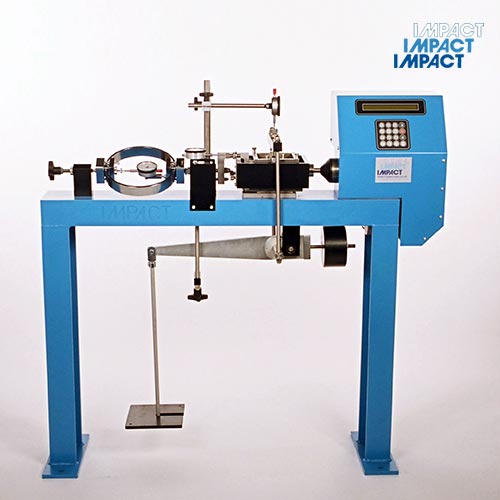Mesh Sieve, a fundamental tool used for particle size analysis in various industries, including food processing, pharmaceuticals, construction, and material testing. Mesh sieves are designed to separate particles based on their size, ensuring accurate and standardized classification. Here are the key features of our Mesh Sieve:
Impact
Mesh Sieve
Key Features:
- Mesh Construction: The sieve is comprised of a mesh or screen, which is the critical component responsible for separating particles based on size. Meshes can be made of materials like woven wire, perforated metal, or synthetic fabrics.
- Mesh Size: Mesh sieves are categorized by their mesh size, which refers to the number of openings per linear inch. Common mesh sizes range from coarse to fine, and the selection depends on the specific requirements of the particle size analysis.
- Standardized Sizes: Mesh sieves adhere to standardized sizes and specifications, often following international standards such as ASTM (American Society for Testing and Materials) or ISO (International Organization for Standardization). This ensures consistency and compatibility across different applications.
- Diameter: Mesh sieves come in various diameters, including common sizes such as 8 inches, 12 inches, and 18 inches. The diameter is chosen based on the quantity of material being analyzed.
- Frame Design: The mesh is secured within a frame, providing structural support and ensuring the durability of the sieve during repeated use. Frames are typically made of materials like stainless steel or brass.
- Interchangeable Mesh (Optional): Some mesh sieves feature an interchangeable mesh design, allowing users to easily switch between different mesh sizes within the same frame. This feature enhances versatility and efficiency.
- Full Height or Half Height: Mesh sieves are available in full-height and half-height designs. Full-height sieves offer a larger screening area, while half-height sieves are lighter and suitable for smaller sample sizes.
- Identification Markings: Mesh sieves are labeled with essential information, including mesh size, diameter, and material specifications. Clear markings facilitate easy identification and use.
- Stackability: Designed to be stackable, mesh sieves allow for the simultaneous use of multiple sieves to perform a series of particle size analyses. This is particularly useful for achieving a graded series of particle sizes.
- Versatile Applications: Mesh sieves find applications in a wide range of industries for quality control, research and development, and production processes, ensuring that materials meet specified particle size requirements.
- Sturdy Construction: Built with durability in mind, mesh sieves are constructed with high-quality materials to withstand the rigors of regular use.









